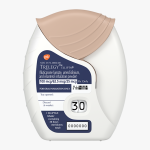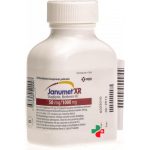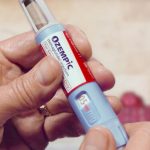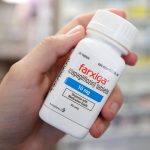Is There A Cheaper Alternative To Trulicity?
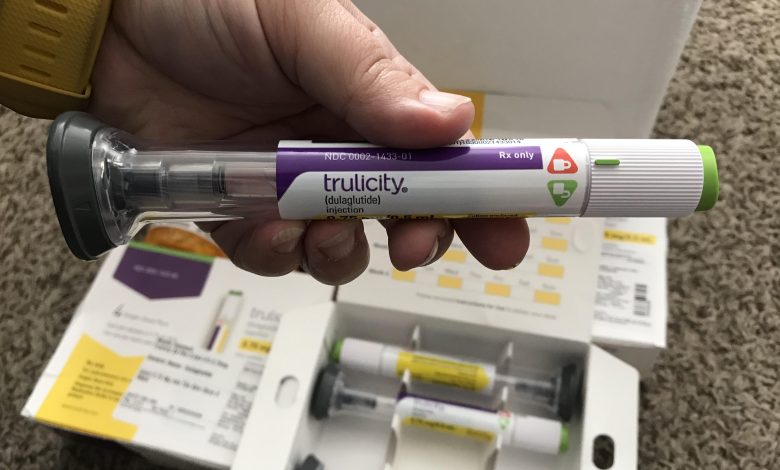
The rising cost of diabetes medications is a growing concern for many individuals with diabetes and their families. Many diabetes medications are protected by patents, which prevent other companies from making generic versions of the medication. This allows the manufacturer to charge a higher price for the medication.
Developing new diabetes medications is a lengthy and expensive process, and the cost of research and development is often passed on to consumers through higher prices. The cost of diabetes medications can vary depending on your insurance coverage. Some insurance plans may not cover certain medications, or they may require high copays or deductibles, making it difficult for individuals to afford their medications. In this article, we shall be taking a closer look at the cost of treatment with Trulicity and possible alternatives.
What is Trulicity?
Trulicity (dulaglutide) is a medication used to treat type 2 diabetes. It belongs to a class of drugs called GLP-1 receptor agonists. GLP-1 (glucagon-like peptide-1) is a hormone produced in the gut that stimulates the release of insulin and lowers blood glucose levels. GLP-1 receptor agonists are designed to mimic the effects of this hormone, thereby helping to regulate blood sugar levels in patients with type 2 diabetes.
Trulicity is a once-weekly injectable medication that comes in prefilled pens. The medication works by activating GLP-1 receptors in the pancreas, which helps to stimulate insulin secretion in response to high blood sugar levels. Trulicity also slows down the rate at which food is absorbed from the gut, which helps to reduce the amount of glucose produced by the liver.
Trulicity also has other effects that can benefit patients with type 2 diabetes. It can help to reduce appetite, leading to weight loss in some patients. Trulicity may also help to protect against cardiovascular disease by reducing inflammation and improving blood vessel function.
Trulicity is intended to be used in combination with a healthy diet and exercise to help manage blood sugar levels in patients with type 2 diabetes. It is not recommended for patients with type 1 diabetes or for the treatment of diabetic ketoacidosis.
How Much Does Trulicity Cost?
The cost of Trulicity (dulaglutide) can vary depending on a variety of factors, including your location, your insurance coverage, and the pharmacy you use. In the United States, the average retail price of Trulicity without insurance is around $900 for a monthly supply.
However, many insurance plans cover Trulicity, and the out-of-pocket cost for patients can be significantly lower. You can check with your insurance provider to find out what your coverage is and what your co-pay or co-insurance will be.
Additionally, the manufacturer of Trulicity offers a savings card for eligible patients, which can help reduce the cost of the medication. You can visit the Trulicity website to see if you are eligible for the savings card and to learn more about the program.
Is There A Cheaper Alternative To Trulicity?
Trulicity can be expensive, with an average retail price of around $900 per month but there are several alternative medications to Trulicity that may be less expensive. Here are some options:
1. Bydureon: This is another GLP-1 receptor agonist medication that is similar to Trulicity. It is given as a once-weekly injection, just like Trulicity, and works by helping the body produce more insulin and reducing blood sugar levels. Bydureon is typically less expensive than Trulicity, with an average retail price of around $700 per month.
2. Ozempic: This is another GLP-1 receptor agonist medication that is similar to Trulicity. It is also given as a once-weekly injection and works by helping the body produce more insulin and reducing blood sugar levels. Ozempic is typically less expensive than Trulicity, with an average retail price of around $700 per month.
3. Victoza: This is another GLP-1 receptor agonist medication that is similar to Trulicity. It is given as a once-daily injection and works by helping the body produce more insulin and reducing blood sugar levels. Victoza is typically less expensive than Trulicity, with an average retail price of around $550 per month.
4. Metformin: This is an oral medication that is often used as a first-line treatment for type 2 diabetes. It works by reducing the amount of glucose produced by the liver and improving the body’s sensitivity to insulin. Metformin is typically much less expensive than Trulicity, with an average retail price of around $20 per month.
5. Diet and exercise: Making lifestyle changes such as following a healthy diet and getting regular exercise can also help manage blood sugar levels and may reduce the need for medication. While this is not a medication alternative, it can be an effective and cost-saving option for managing type 2 diabetes.
It’s important to note that the effectiveness of these medications can vary depending on the individual and their specific medical needs. You should always consult with your healthcare provider before starting or stopping any medication. Additionally, some of these medications may not be covered by your insurance or may have different costs depending on your location and insurance plan.
What are the available discount programs for Trulicity?
There are several discount programs available that can help reduce the cost of Trulicity. Here are some options:
1. Trulicity Savings Card: This program is offered by the manufacturer of Trulicity and provides eligible patients with a savings card that can reduce the cost of their Trulicity prescription to as little as $25 per month. The savings card can be used for up to 12 months and can be used at most pharmacies in the United States.
2. Patient Assistance Program: This program is offered by the manufacturer of Trulicity and provides free medication to eligible patients who do not have insurance coverage for their Trulicity prescription and meet certain income and other criteria. To apply, patients can download an application from the manufacturer’s website or call the program directly.
3. Medicare and Medicaid: Trulicity is covered by both Medicare and Medicaid, and eligible patients can receive the medication at a reduced cost or for free. Eligibility and cost vary based on the patient’s specific plan and location.
4. Prescription Assistance Programs: There are several non-profit organizations and charities that offer prescription assistance programs to help patients who cannot afford their medications. These programs can vary depending on the organization and medication, so patients should research available options to see if Trulicity is covered.
It’s important to note that the availability and eligibility of these discount programs can vary based on the patient’s specific situation and location. Patients should always check with their healthcare provider and the program directly to confirm eligibility and enrollment requirements.

